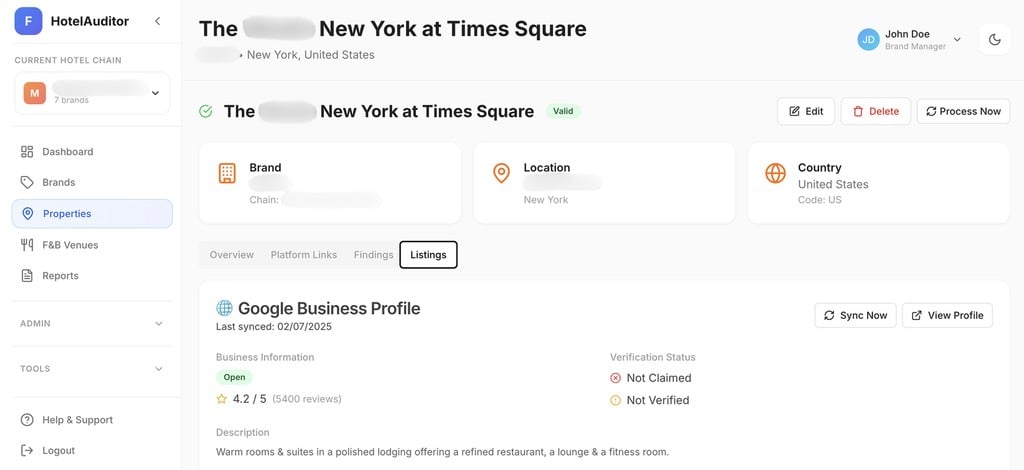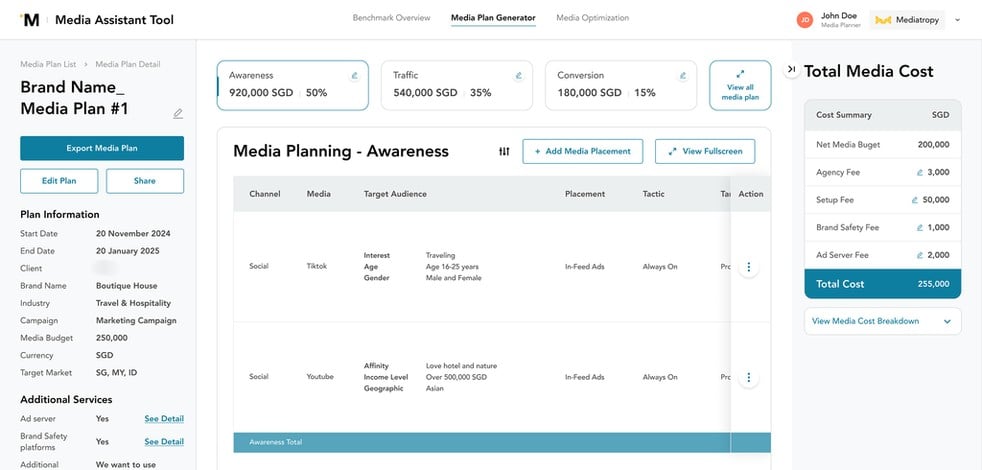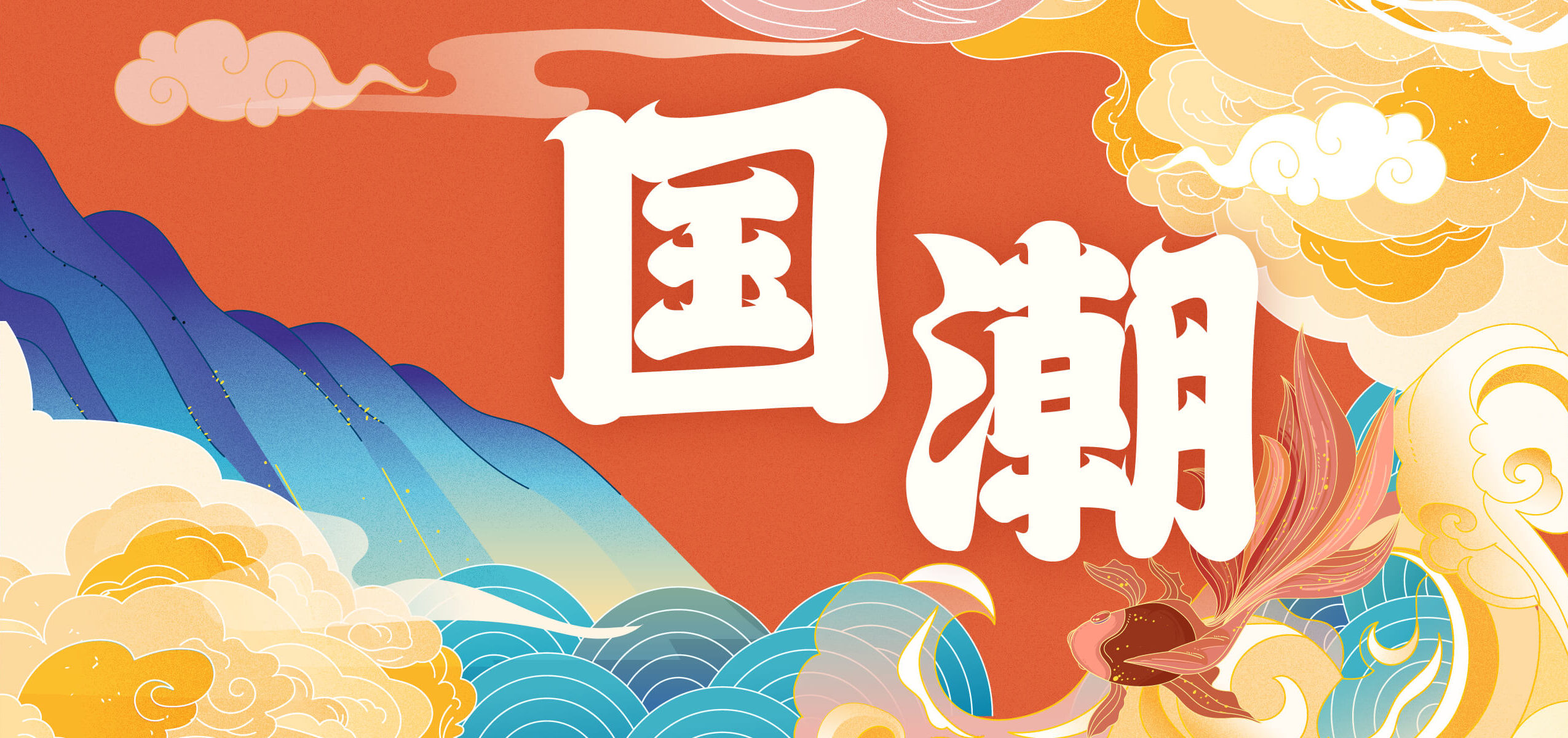The Guochao movement isn’t just a design aesthetic or a marketing fad, it’s a cultural reckoning that’s rewriting the rules of competition in the Chinese market. Through Guochao marketing, brands, both domestic and international, are realizing that cultural relevance is no longer optional—it’s the new currency of loyalty.
Let’s break it down.
The Rise of the Home Team
For decades, international brands rode into China on a wave of global prestige. Foreign meant better. Trusted. Coveted. But that’s changed.
Today’s consumers, especially younger ones, are proudly choosing homegrown over imported, a consumer trend that’s been highlighted by McKinsey, where the preference for local brands skyrocketed from 15% to 85%. This isn’t just a trend—it’s a takeover.
Why? It’s a mix of factors:
- Chinese brands have seriously leveled up in quality, design, and tech
- They reflect local values, stories, and identities in ways outsiders can’t fake
- There’s a growing pride in “Created in China”—not just “Made in China.
- And, often, they offer better value for money.
The result? The old “foreign halo” is fading. Trust and prestige are now earned—not assumed.
Who’s Winning the Guochao Game?
Domestic players aren’t just catching up; they’re outpacing global giants, in part due to effective influencer marketing strategies.
- Sportswear: Anta and Li-Ning didn’t just join the race, they started leading it. Anta’s national pride playbook, supported by influencer marketing, helped it overtake Nike in local sales. Li-Ning, once dismissed as a copycat, is now the go-to for Gen Z streetwear, leveraging influential voices to boost their brand presence.
- Beauty: Florasis and Perfect Diary tapped into traditional Chinese aesthetics and TikTok-worthy packaging. These C-beauty brands are redefining luxury, using cultural storytelling and influencer marketing to prove that engagement can be as powerful as product formulation.
- Tech: Huawei, Xiaomi, Oppo, Vivo are already dominant in market share. They have doubled down on patriotic narratives and influencer partnerships. Especially in times of geopolitical tension, buying Chinese is seen as supporting the nation.
- Food & Beverage: HeyTea’s rise, White Rabbit’s nostalgic reinvention, and even Guochao-inspired coffee chains showcase how local flavors are back in style, now with sleek branding and social media buzz enhanced by influencer marketing.
Even in traditionally foreign-dominated sectors like luxury fashion, the pressure is mounting. While global heritage still holds weight, especially at the high end, Chinese luxury brands are slowly but surely making their move with strategic influencer partnerships.
This shift is becoming increasingly evident in the spaces of influencer marketing as these brands leverage local influencers to authentically connect with consumers.
Foreign Brands: From Default to Disrupted
So where does this leave international players?
It’s no longer enough to be global; you have to be locally relevant and culturally smart, often by integrating influencer marketing that resonates locally.
This means:
- Rethinking product design through a Chinese lens
- Moving beyond surface-level nods to Chinese culture
- Collaborating with local artists and voices
- Empowering on-the-ground teams to shape the brand’s future in China
Foreignness alone doesn’t sell anymore. You’ve got to prove you belong.
Here’s the flip side: Guochao is emotionally charged territory. It celebrates identity, pride, and heritage but that also means the stakes are higher.
Common pitfalls include:
- Superficiality: Slapping dragons or calligraphy on packaging isn’t Guochao. It’s lazy branding. Today’s consumers, especially Gen Z, spot inauthenticity instantly.
- Plagiarism: Pushing “Chinese design” that’s actually copied or culturally confused (e.g., using Japanese motifs by mistake) can backfire hard.
- Over-nationalism: Both domestic and international brands have faced backlash whether it’s over geopolitical issues or design missteps. National pride is powerful, but volatile.
- Price vs. Value: Overcharging for “limited edition” Guochao collabs? That might work once but expect backlash if the product doesn’t deliver.
The Guochao wave can lift your brand or sink it, depending on how you navigate it.
So, What’s the Strategy?
For brands looking to ride the Guochao momentum the right way, here’s the playbook:
- Be Authentic, or Don’t Bother
Don’t chase aesthetics without context. Do the homework. Understand the why behind every symbol, pattern, or phrase. Let culture guide innovation not just decoration. - Collaborate with Purpose
Use influencer marketing, work with artists, designers, and institutions who live and breathe Chinese culture. Done right, these partnerships elevate your brand and show respect. Done wrong, they scream opportunism. - Speak the Right Digital Language
China’s social platforms are where Guochao lives and breathes. Think Xiaohongshu for reviews, Douyin for trends, Weibo for reach. Use influencers (KOLs/KOCs) who align with your brand don’t just chase followers. And yes, livestreaming still works. - Design for Gen Z
They want individuality, cultural connection, and value—a discernable consumer trend. They grew up online, think globally, and expect brands to reflect who they are, not the other way around. - Localise with Humility
Foreign brands must stop assuming cultural leadership. Instead, empower local teams, listen, and adapt. Be bold with innovation, but rooted in relevance. - Build Long-Term Credibility
Guochao isn’t a seasonal campaign. It’s a cultural shift. Treat it as part of your brand DNA and not a gimmick. Consumers can tell if you’re just trend-chasing. - Stay Vigilant and Sensitive
Avoid tone-deaf mistakes by investing in cultural insight. Build response strategies in advance. And don’t dismiss criticism—learn from it.
Our Final Word: Guochao Is a Mirror
At its heart, Guochao reflects a confident, modern Chinese identity. One that values tradition, but doesn’t live in the past. One that celebrates local creativity, craftsmanship, and cultural pride.
For brands, the message is clear: To thrive in China today, you must go beyond selling products. You need to understand people, what they value, how they see themselves, and where they believe they’re headed.
In this new era, cultural fluency—and effective influencer marketing—is a competitive advantage. And Guochao isn’t just a wave, it’s the new tide.











Discussion about this post